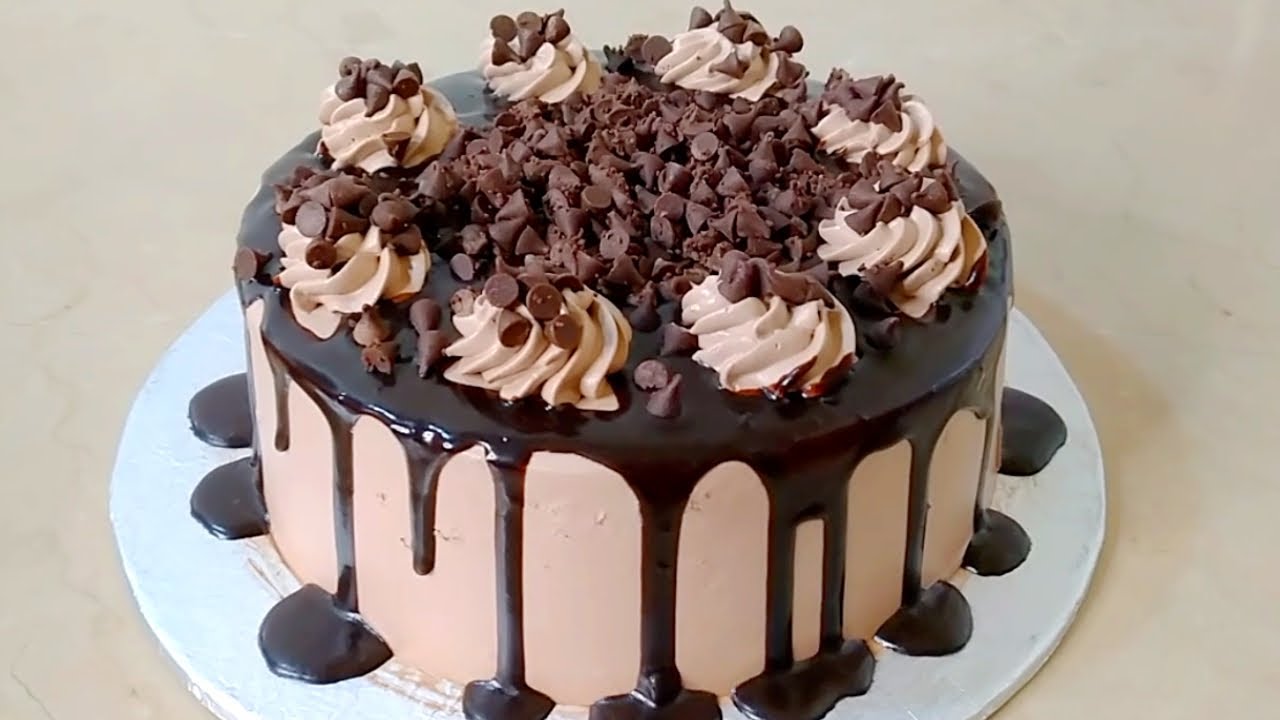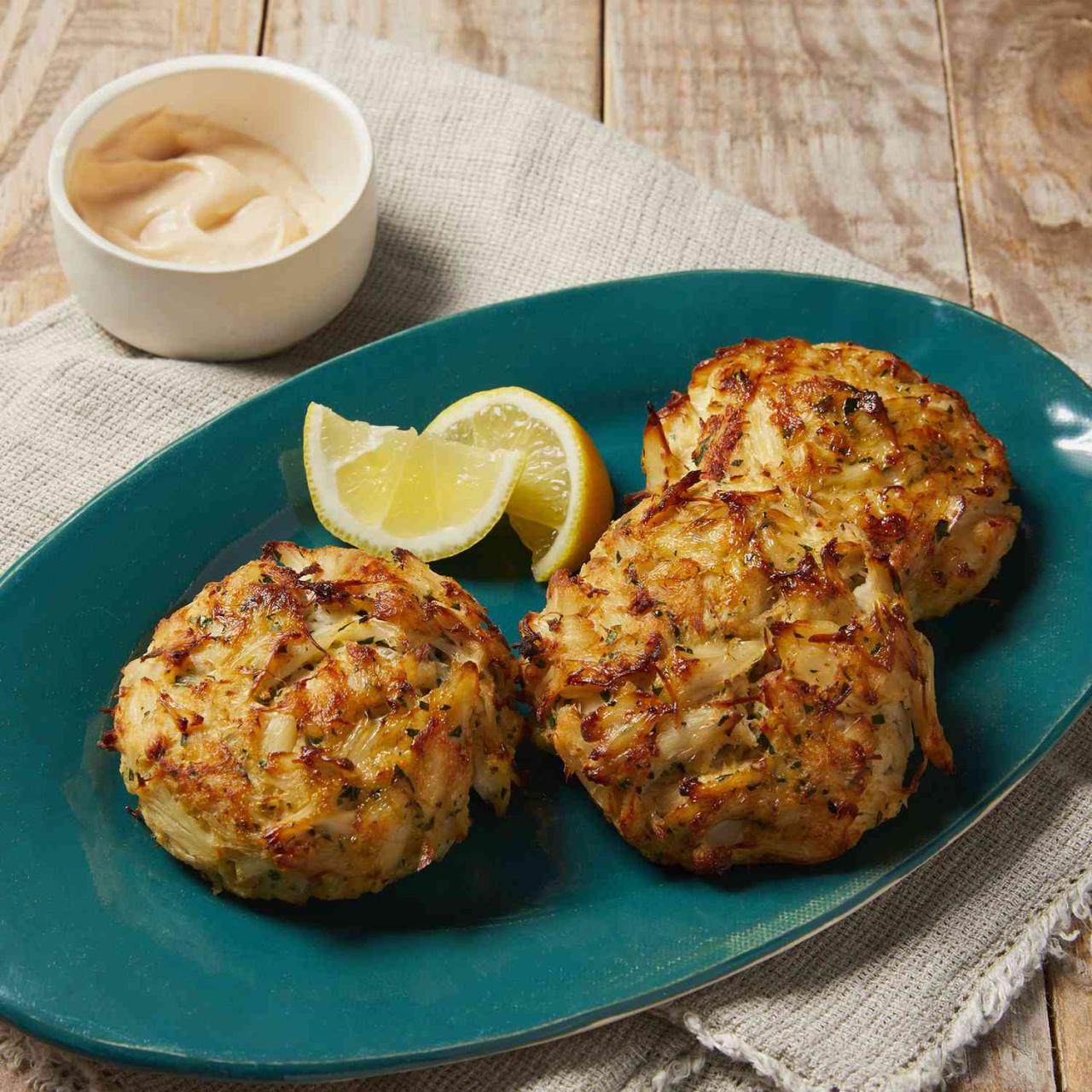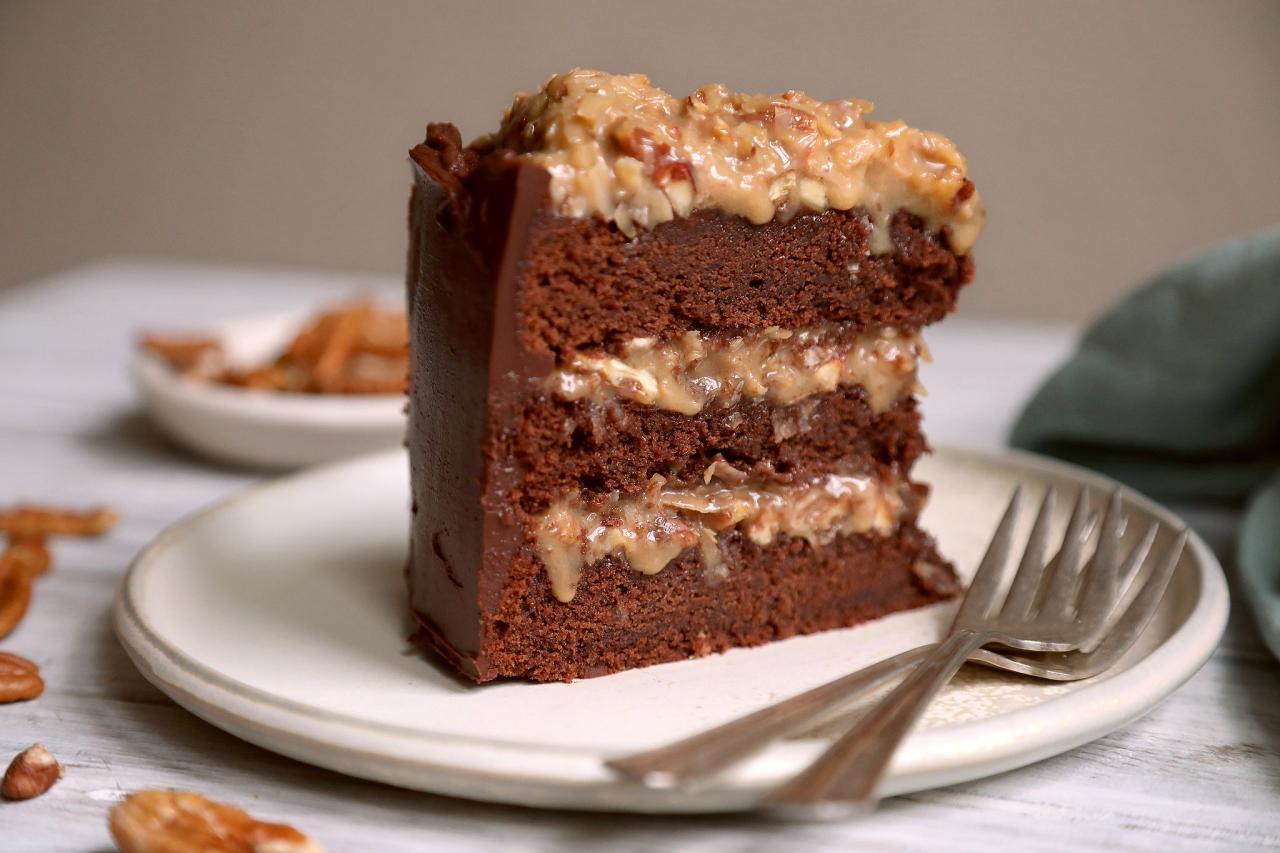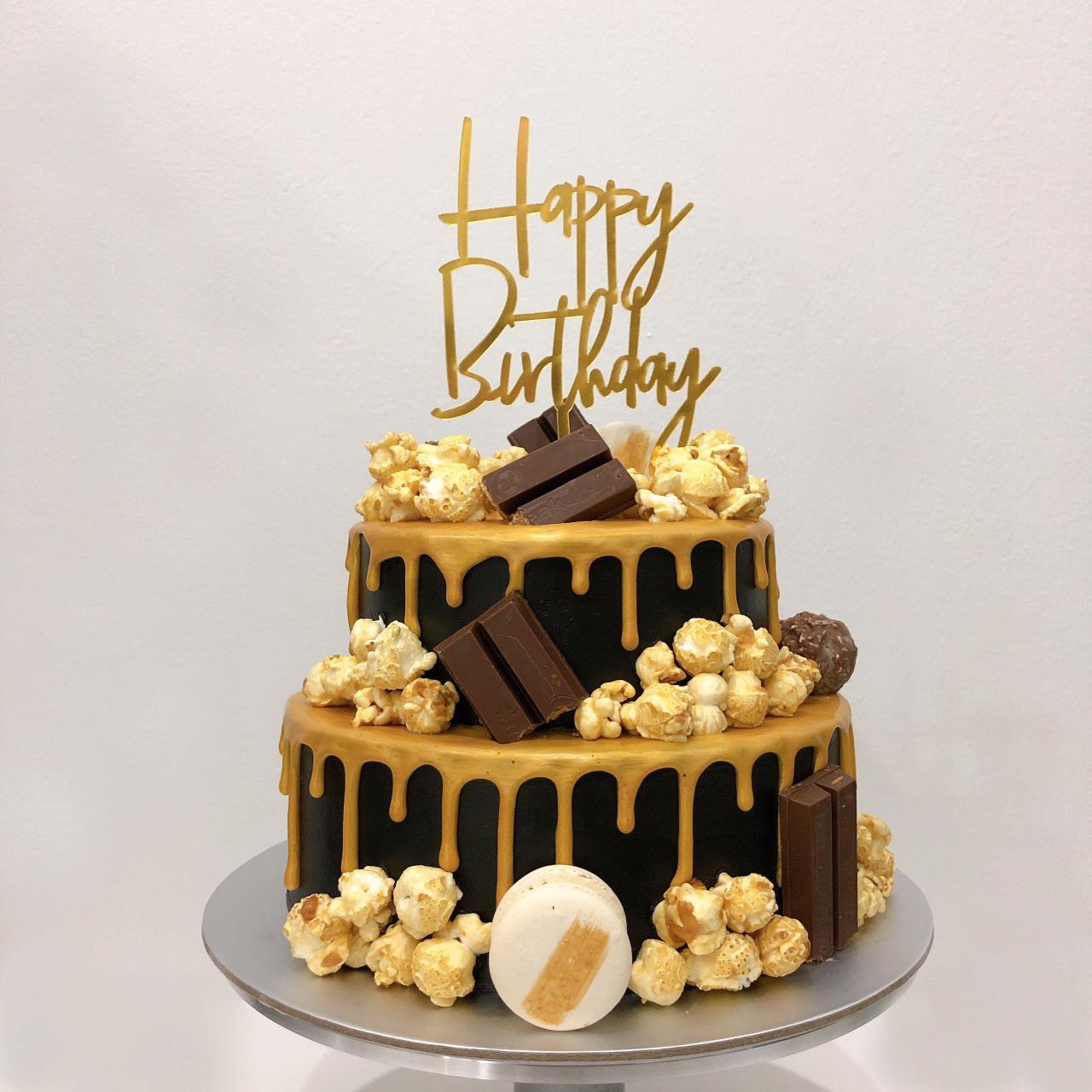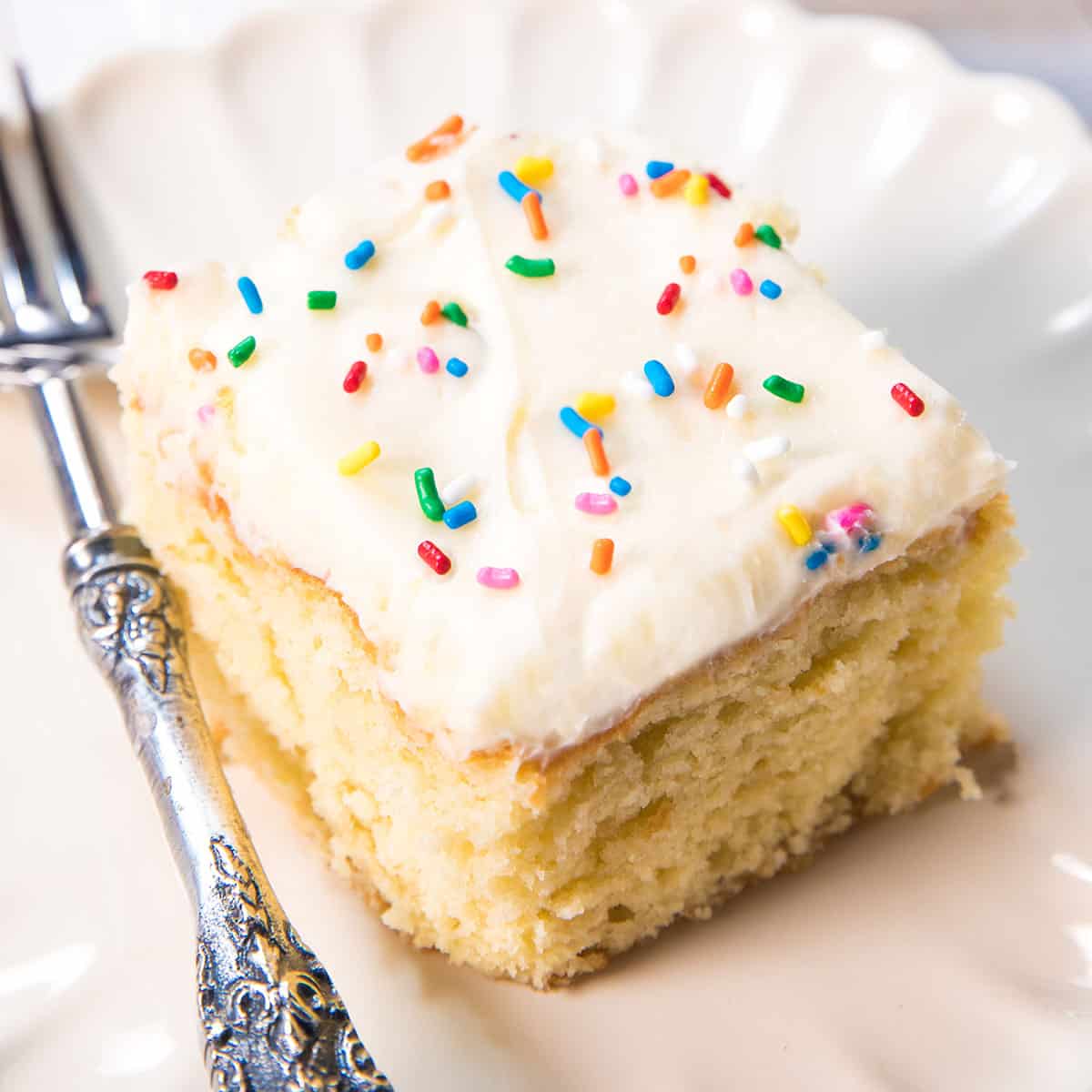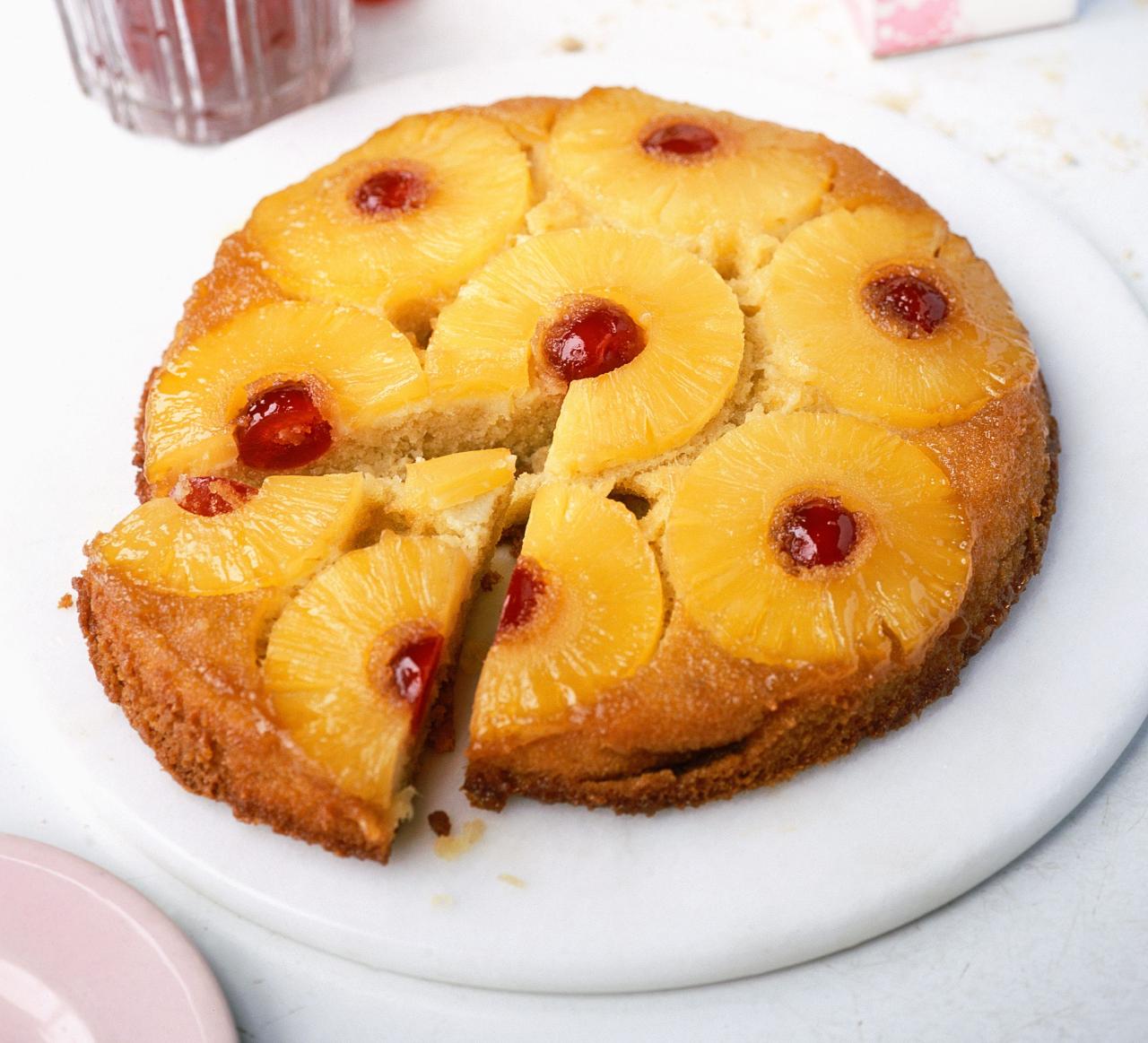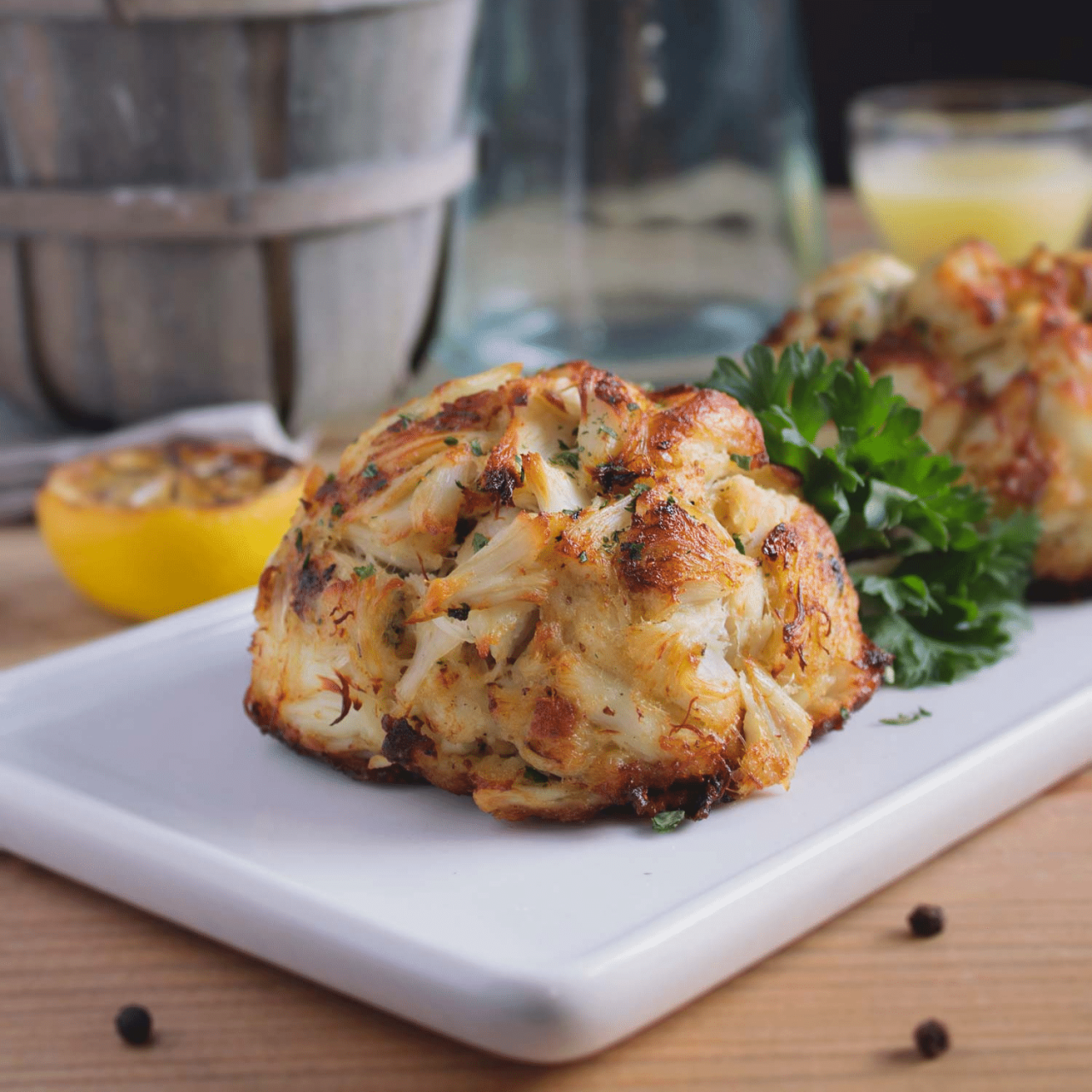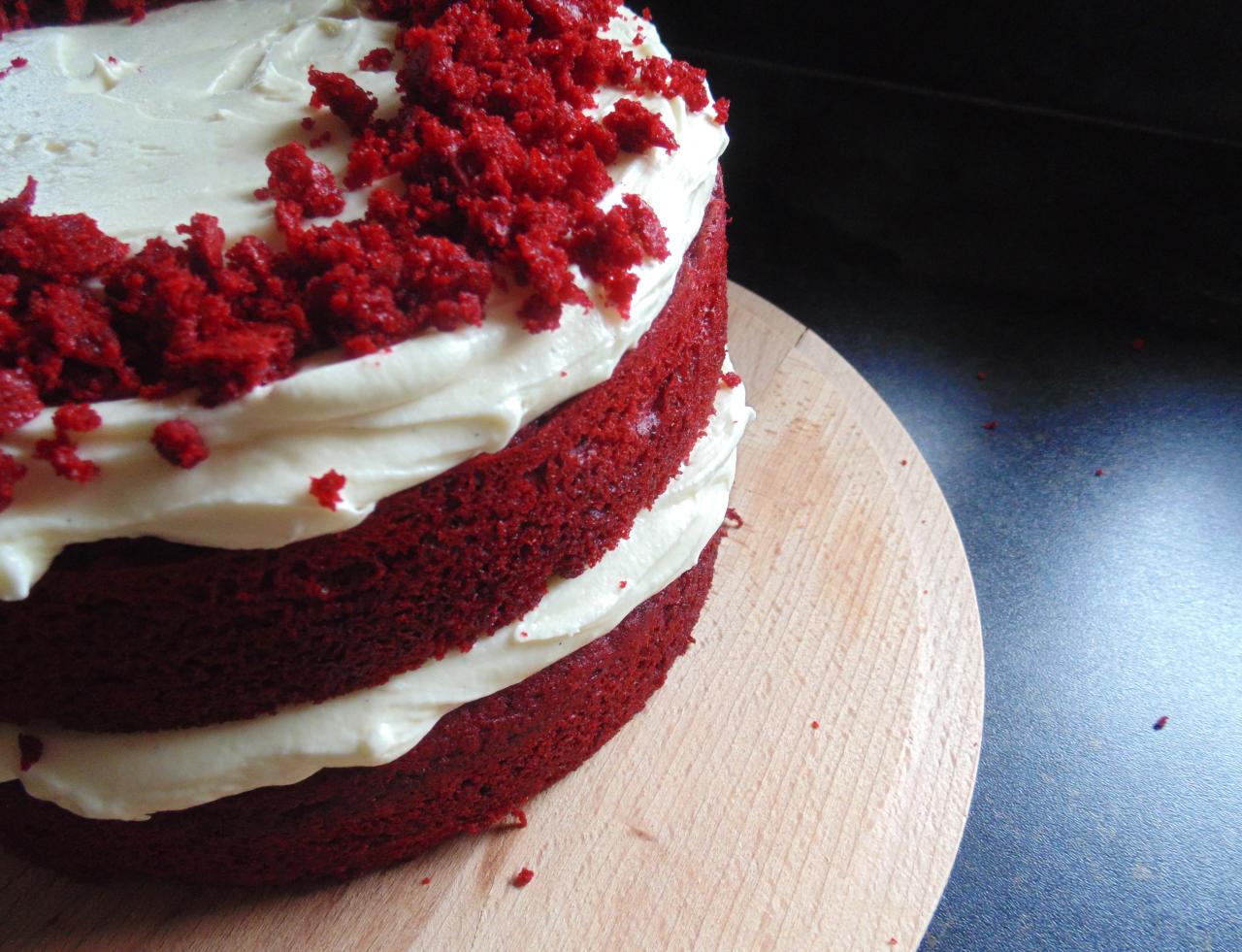Angel food cake, a confection that’s light as a feather and sweet as a dream, has captivated taste buds for centuries. Its origins, shrouded in culinary history, reveal a fascinating journey from humble beginnings to a beloved dessert enjoyed worldwide.
The cake’s airy texture, a result of the magic of egg whites and careful preparation, is a testament to the artistry of baking. From its simple ingredients to its endless variations, angel food cake offers a canvas for culinary creativity.
This iconic dessert, with its delicate flavor and airy texture, has a history as rich and layered as its recipe. From its origins in the 19th century to its global popularity today, angel food cake has captured the hearts (and stomachs) of generations.
Its evolution, marked by adaptations and innovations, speaks to its enduring appeal and versatility.
History of Angel Food Cake
Angel food cake, with its ethereal lightness and delicate sweetness, has a rich history that spans centuries and continents. The origins of this iconic dessert can be traced back to the 18th century, where it was likely influenced by various culinary traditions.
Early Origins and Influences
The origins of angel food cake are intertwined with the development of baking techniques and the availability of ingredients. The use of egg whites, a key component of angel food cake, was prevalent in European cuisine during the 18th century.
The invention of the hand-crank egg beater in the 19th century made whipping egg whites into a stiff meringue much easier, paving the way for lighter and airier cakes.
The Rise of Angel Food Cake
The first documented recipe for angel food cake appeared in an American cookbook in 1847. This recipe, however, was more akin to a sponge cake than the airy confection we know today. The modern version of angel food cake emerged in the late 19th century, coinciding with the growing popularity of baking powders and the invention of the electric mixer.
Evolution of the Recipe
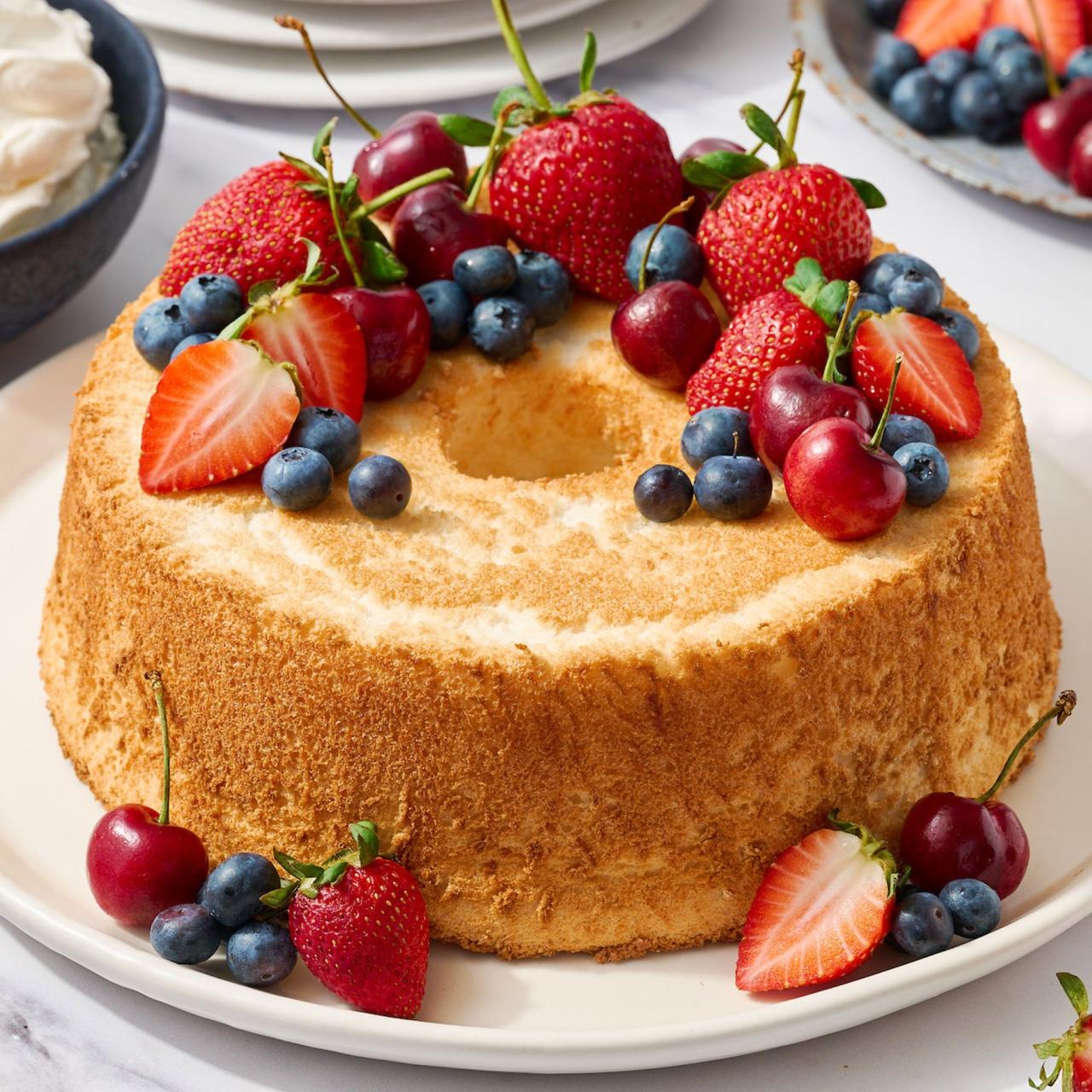
The angel food cake recipe has evolved over time, with variations in ingredients and techniques emerging. Early recipes often called for a generous amount of sugar, resulting in a cake that was quite sweet. Over time, recipes have become more balanced, with a focus on achieving the perfect balance of sweetness and lightness.
- The use of cream of tartar in angel food cake recipes became widespread in the early 20th century. This ingredient helps to stabilize the egg white foam and prevent the cake from collapsing.
- The addition of flavorings, such as vanilla extract, lemon zest, or almond extract, became common in the mid-20th century, adding depth and complexity to the cake’s flavor profile.
- The invention of the tube pan, a specialized pan with a central tube, further revolutionized the preparation of angel food cake. This design allows for even heat distribution and promotes the cake’s airy texture.
Characteristics of Angel Food Cake
Angel food cake is renowned for its unique texture and flavor profile. It is a light and airy cake that melts in your mouth, leaving a delicate sweetness that lingers on the palate. The cake’s distinct characteristics are a result of its unique ingredients and preparation methods.
Texture and Flavor
The texture of angel food cake is a key element of its appeal. It is incredibly light and airy, with a fine, delicate crumb. This texture is achieved through the use of egg whites, which are whipped into a stiff meringue.
The meringue creates a network of air pockets within the cake, giving it its distinctive lightness.
Role of Egg Whites, Angel food cake
Egg whites play a crucial role in the structure of angel food cake. When whipped, egg whites trap air, creating a stable foam. This foam provides the cake’s airy texture and volume. The egg whites also contribute to the cake’s delicate sweetness, as they contain a small amount of natural sugar.
Ingredients and Preparation
Angel food cake is a relatively simple cake to make, but it requires careful attention to detail to achieve the desired texture and flavor. The ingredients are few and straightforward, but each one plays a critical role in the cake’s success.
Ingredients
A classic angel food cake recipe typically includes the following ingredients:
- Egg Whites:As discussed earlier, egg whites are the key to the cake’s airy texture. They should be at room temperature for optimal whipping.
- Sugar:Sugar provides sweetness and helps to stabilize the egg white foam. Granulated sugar is typically used, but superfine sugar can also be substituted.
- Cake Flour:Cake flour is a low-protein flour that produces a tender and delicate crumb. It is essential for achieving the desired lightness of angel food cake.
- Cream of Tartar:Cream of tartar acts as a stabilizer, preventing the egg white foam from collapsing. It also helps to enhance the cake’s volume.
- Flavorings:Vanilla extract, lemon zest, or almond extract are common flavorings for angel food cake. These ingredients add depth and complexity to the cake’s flavor profile.
Preparation
The preparation of angel food cake involves a few key steps that are crucial for achieving the desired results.
- Whip the Egg Whites:Begin by whipping the egg whites with cream of tartar until stiff peaks form. This process should be done gradually, starting at a low speed and increasing as the egg whites become frothy.
- Fold in the Sugar:Gradually fold in the sugar, ensuring that it is fully incorporated into the egg white foam. Overmixing at this stage can deflate the foam, so it is important to fold gently.
- Combine the Dry Ingredients:In a separate bowl, whisk together the cake flour and any flavorings. Gently fold the dry ingredients into the egg white mixture.
- Bake the Cake:Pour the batter into an ungreased tube pan and bake until a toothpick inserted into the center comes out clean. It is important to avoid overbaking, as this can result in a dry cake.
- Cool the Cake:Allow the cake to cool completely in the pan before inverting it onto a wire rack. This step is essential for preventing the cake from collapsing.
Variations and Adaptations
While the classic angel food cake recipe is a beloved classic, there are countless variations and adaptations that allow for endless culinary creativity. These variations explore different flavor combinations, decorative techniques, and even culinary applications.
Flavor Combinations
The basic angel food cake recipe can be transformed into a variety of flavor combinations by incorporating different flavorings and ingredients.
- Citrus:Lemon zest, orange zest, or lime zest can be added to the batter for a refreshing citrus flavor.
- Chocolate:Cocoa powder can be incorporated into the batter for a rich chocolate flavor. Chocolate chips or shavings can also be added for extra indulgence.
- Spices:Spices such as cinnamon, nutmeg, or ginger can be added for a warm and comforting flavor.
Decorating and Presentation
Angel food cake can be decorated in a variety of ways, depending on the occasion and personal preference.
- Whipped Cream and Berries:A classic and elegant presentation involves topping the cake with whipped cream and fresh berries.
- Glaze or Frosting:A simple glaze or frosting can add a touch of sweetness and visual appeal.
- Fruit Compote:A fruit compote can be served alongside the cake for a flavorful and refreshing addition.
Popular Variations
Here are some popular variations of angel food cake that have gained widespread popularity:
- Lemon Angel Food Cake:A classic variation that features the bright and refreshing flavor of lemon.
- Chocolate Angel Food Cake:A rich and decadent variation that incorporates cocoa powder for a chocolatey flavor.
- Strawberry Angel Food Cake:A festive variation that features the sweetness of strawberries.
Cultural Significance
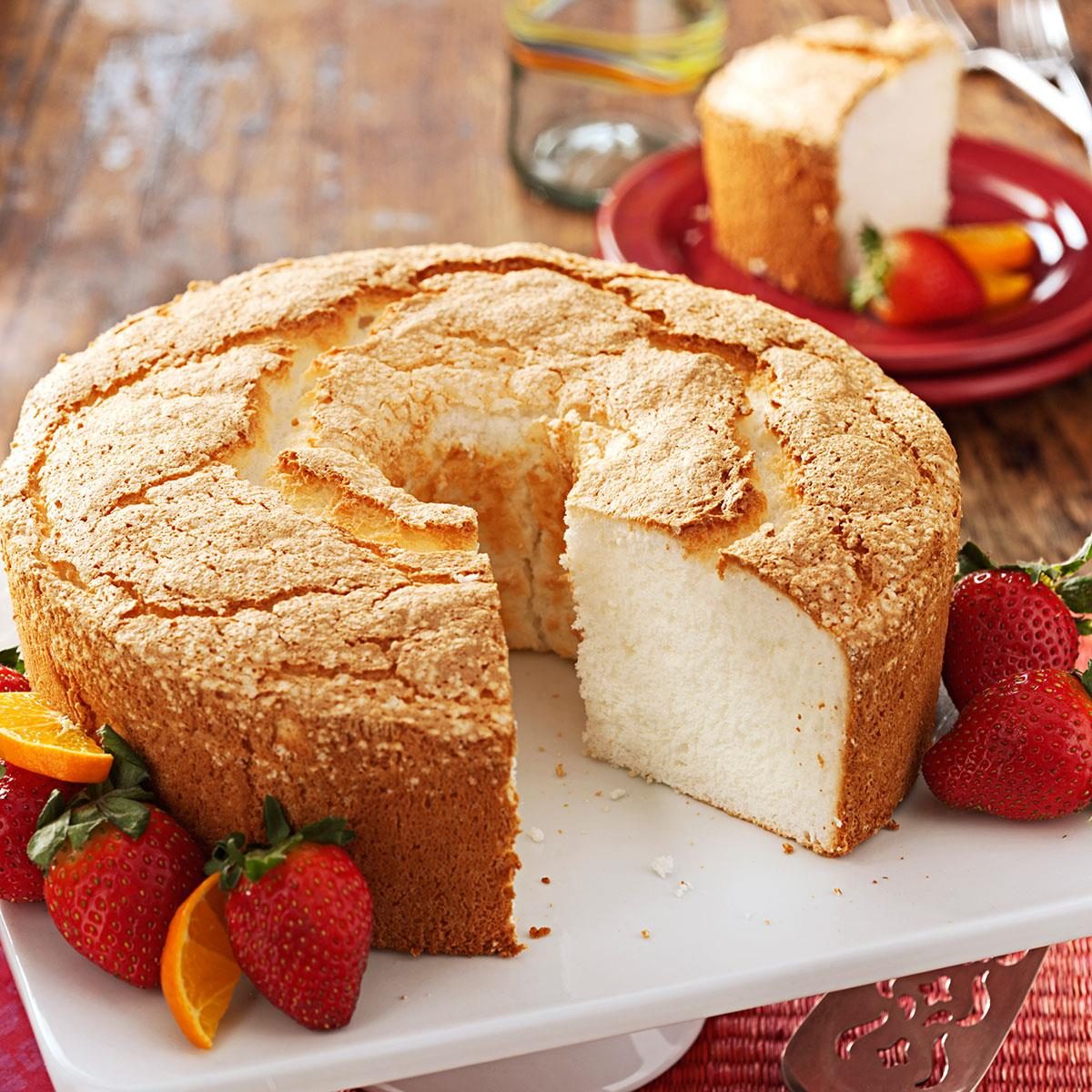
Angel food cake holds cultural significance in various regions and communities around the world. It is often associated with special occasions, celebrations, and family traditions.
Southern Hospitality
In the Southern United States, angel food cake is a staple dessert that is often served at potlucks, church gatherings, and family reunions. It is seen as a symbol of Southern hospitality and warmth.
Wedding Traditions
Angel food cake has also become a popular choice for wedding cakes in many cultures. Its light and airy texture and delicate sweetness are seen as symbolic of the joy and lightness of a new beginning.
Culinary Applications: Angel Food Cake
Angel food cake is a versatile dessert that can be enjoyed in a variety of ways. Its light and airy texture makes it a perfect base for other desserts, while its delicate sweetness allows it to be incorporated into savory dishes as well.
Desserts
Angel food cake is often used as a base for other desserts, such as:
- Triffles:Angel food cake can be layered with whipped cream, fruit, and custard to create a decadent trifle.
- Puddings:Angel food cake can be crumbled and added to puddings for texture and sweetness.
- Fruit Salads:Angel food cake can be used as a base for fruit salads, adding a touch of sweetness and lightness.
Savory Dishes
Angel food cake can also be incorporated into savory dishes, such as:
- Bread Pudding:Angel food cake can be used in place of traditional bread in bread pudding, adding a light and airy texture.
- Stuffing:Angel food cake can be crumbled and added to stuffing for a unique and flavorful twist.
Nutritional Considerations
Angel food cake is a relatively low-calorie dessert, but it is important to consider its nutritional content when making dietary choices.
Nutritional Value
A typical serving of angel food cake contains approximately 150 calories, 3 grams of fat, and 30 grams of carbohydrates. It is a good source of protein, providing approximately 3 grams per serving.
Health Considerations
Angel food cake is generally considered a healthy dessert option, as it is low in fat and calories. However, it is important to note that it is high in sugar, which can contribute to weight gain and other health issues if consumed in excess.
Conclusive Thoughts
Angel food cake, with its ethereal lightness and timeless appeal, remains a culinary treasure. Its history, from its humble beginnings to its modern variations, is a testament to the power of baking to bring people together. Whether enjoyed as a classic dessert or incorporated into innovative creations, angel food cake continues to delight and inspire.

